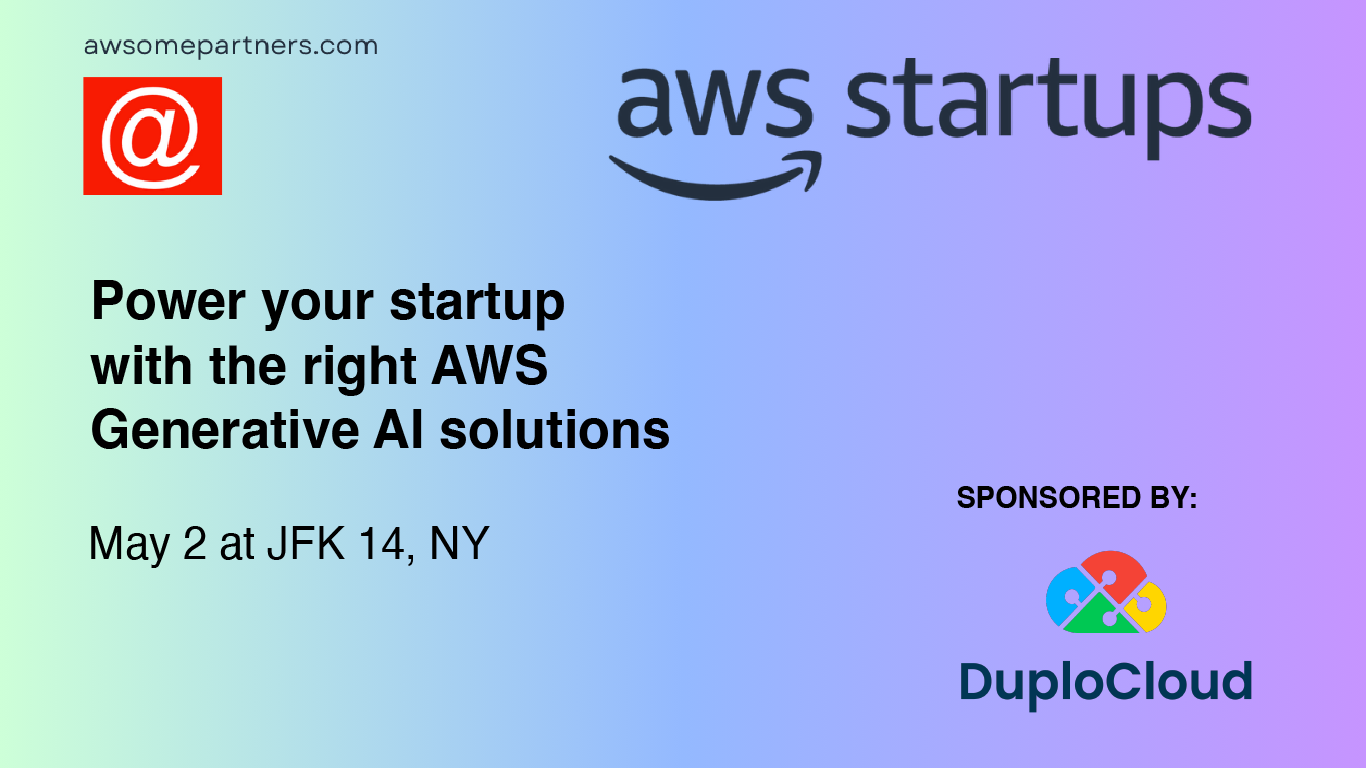Imagine adding the power of Terraform automation to an already comprehensive automation-rich Dev and SecOps platform — it’s like fuel-injecting an already powerful sports car without the extravagant cost of maintenance.
The DuploCloud Platform, combined with Terraform, is a compelling DevOps value proposition, especially for resource-constrained DevOps shops. DuploCloud abstracts complexity from cloud infrastructures while enabling developer self-service, augmented with 24/7 support from DuploCloud DevOps specialists. Built on a simplified UI, DuploCloud is stocked with ready-to-deploy cloud constructs and microservices.
Native Terraform: Built to Drive DevOps Automation
Terraform that leverages a public cloud’s Terraform provider is sometimes called “native Terraform”. There’s a good reason why much of DevOps automation begins here. Native Terraform replaces manual and error-prone processes through scripting to manage cloud-based infrastructure. Instead of having to write code from scratch, native Terraform makes the process easily repeatable, greatly reducing discrepancies and inconsistencies in different environments. When properly implemented, Terraform cuts the number of cycles your DevOps engineers spend on repetitive tasks, such as creating and spinning up microservices and databases, decreasing the risk of technical debt build-up in the process.
However, maintaining custom Terraform comes with the ongoing challenge of maintenance. Even small changes to your Terraform scripts can necessitate changes to other custom code, sometimes into thousands of lines. This makes multi-user developer self-service extremely difficult, and it doesn’t help that Terraform coding is a specialized skill that only a handful of developers have. Even in the best situations, writing custom Terraform quickly becomes difficult to scale.
The Automation Benefits without the Cost
As with most platforms, the amount of work required to set up and configure a Terraform environment can adversely impact accuracy, productivity gains, and effectiveness. Terraform, like most scripting languages, requires a high level of development skill on par with advanced programming languages, such as Java, Go, or Ruby. As with any code base, it requires constant updating, refactoring, and other maintenance tasks.
This is where the synchronous benefits of DuploCloud and Terraform begin to shine. Let’s take a closer look at what makes leveraging Terraform within DuploCloud so much more powerful than writing Terraform from scratch or using native Terraform within many public cloud platforms.
The Power of Templates within a Templatized Platform
DuploCloud contains its own Terraform provider, which can access DuploCloud Cloud constructs such as Infrastructure and Tenant. When you run DuploCloud, you’re already speeding up the creation of DevOps components, so adding another accelerator based on Terraform is a win-win proposition: less code, less maintenance, faster deployments, and faster time-to-market.
Accelerating your productivity while reducing complexity is DuploCloud’s core value proposition. It accomplishes this by providing you with robust templates and configuration options: quick-create Infrastructures — virtual network instances that abstract the most critical and often-used constructs and components, augmented with further optional Plan configurations.
For example, you can create virtually hundreds of cloud middleware, from VPCs to Route tables, to Subnets, with only two to three inputs in DuploCloud. Name your Infrastructure, select a region, specify a VPC CIDR, and you’re up and running in less than half an hour. Advanced configuration options such as custom endpoints are also available, among others, for fine-tuning, but only if you need them.
This inherently user-friendly architecture also supplies critical safety guardrails. By reducing the number of inputs when creating an Infrastructure, you also reduce potentially destabilizing changes that may have been unintentionally introduced.
Further protection is supplied by the DuploCloud Tenant, an isolated workspace that acts as an additional layer of isolation, ideal for segregating production workloads or creating extensible developer sandboxes. A Tenant’s architecture is abstracted from its underlying Infrastructure, and you can create as many Tenants as you need with no degradation in performance.
By default, all resources within a Tenant have access to each other — a built-in feature of the DuploCloud architecture and a significant benefit to the user. For example, a Kubernetes Pod automatically has IAM access to an S3 bucket within the same tenant. Conversely, a Pod in Tenant A does not have access to any resources in Tenant B unless explicitly enabled.
However, you can explicitly enable the sharing of resources between Tenants, such as storage buckets and databases — even the entire Tenant itself. Easily clone Tenants with the DupoCloud Terraform Exporter. As with everything in DuploCloud, the controls are in your hands, not the hands of a third party.

Script According to your needs, not your Cloud Provider’s
Native Terraform Providers allow Terraform to interact with major and minor Cloud Service Providers, such as AWS, Azure, and GCP. When you use a Terraform Provider, you are writing to the Cloud Service Provider’s specific implementation — some of which may need to be changed if you want to create Infrastructures in multiple Cloud Service Providers.
Using DuploCloud’s proprietary Terraform provider removes the need to write specifically for one public cloud. You can effectively use the same DuploCloud Terraform code — as it maps to DuploCloud’s constructs, not one specific cloud — with several public clouds. You don’t need to worry about differentiating platform-specific specifications. DuploCloud handles all of this for you in a transparent, replicable manner. You use utilities such as DuploCloud’s Terraform Exporter to quickly clone Tenants and modify configuration details when needed for specific Infrastructures and Tenants.
And of course, when working with DuploCloud’s consolidated set of Terraform scripts, you have less code to maintain, as you work with Terraform code blocks that require you only to change the parameters and arguments necessary to achieve your desired deployments.
Let DuploCloud build your DevOps/SecOps solution
For additional peace of mind, DuploCloud provides a white-glove level of support (including creating cloud migration and custom services) that ensures your ramp-up is as painless as possible. In the SecOps arena, DuploCloud has your back by completing lengthy compliance questionnaires for you and supporting you during security audits.
With a unified and simplified approach to both DevOps and SecOps in one platform, for a flat cost per year, DuploCloud delivers unprecedented value when compared to many competitor products that cost more and deliver a fraction of the functionality.
It’s an enticing “buy” proposition for CTOs who are considering a large investment of time for custom Dev and SecOps solutions.
Try DuploCloud risk-free for 30 days with an AWS test account
Why not see what a customizable approach to Platform Engineering is like firsthand?
When you sign up for your free 30-day trial of DuploCloud, you'll experience a faster and more secure time-to-market when deploying your cloud apps. Some of the DuploCloud advantages you'll notice during the trial period include:
- Simplified creation of a Virtual Private Cloud infrastructure with just a few clicks
- Abstracted complexity in deploying ready-to-use and customizable services
- Transparent, maintenance-free updating and monitoring of compliance controls
- White-glove support from DuploCloud staff of dedicated DuploCloud engineers









